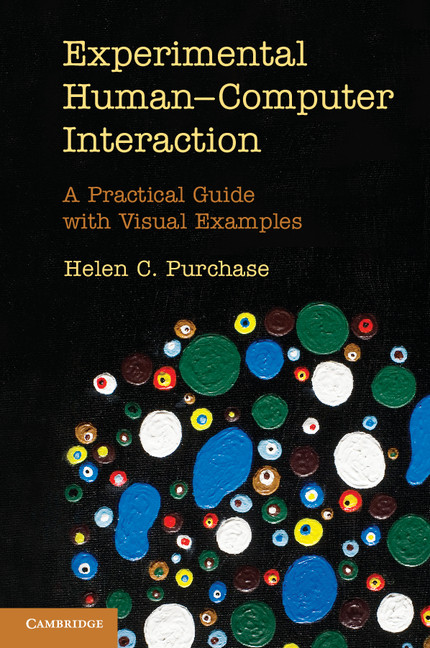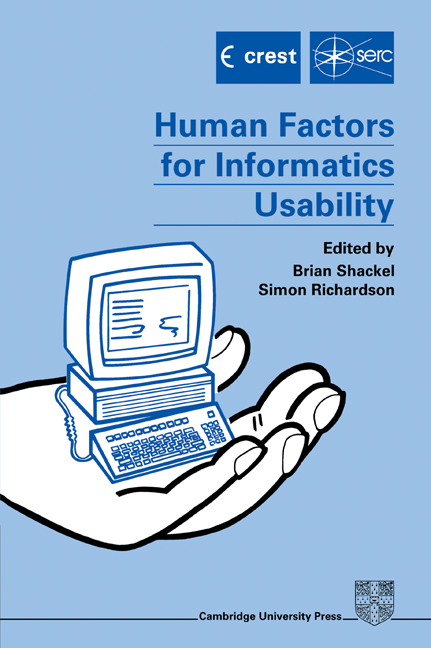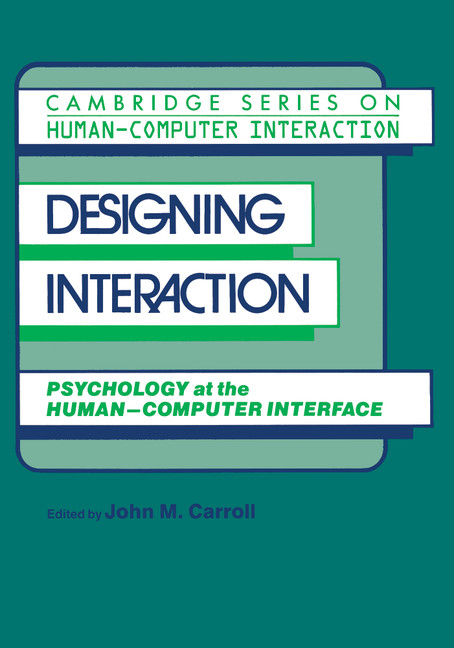The Muse Method for Usability Engineering
When this book was first published, recent aspects of human factors research had led to methodologies that integrated usability into the development of interactive systems. MUSE was one of the pioneering methods for Usability Engineering. It provides an environment in which human factors contributions can realise their full potential. MUSE supports active human factors involvement in both design specification and evaluation, and takes system development from user requirements to user interface design. Its methods describe how design errors can be avoided or rectified throughout system development, as well as showing how errors can be identified and providing support for inter-disciplinary design planning and coordination. It therefore ranks as one of the best developed and most completely structured human factors methods. This book reviews the motivation for developing MUSE, and provides readers with a manual for method application. It will be essential reading for all involved with systems development, whether from the HCI or software engineering communities, and can be used as well for course accompaniment.
- Reviewers describe the MUSE method as best approach to date
- Step-by-step case study illustrations with well-established practical exercises and solutions
- Comprehensive treatment of human factors design approach
Product details
November 1994Hardback
9780521474948
352 pages
244 × 170 × 21 mm
0.76kg
10 b/w illus. 25 tables
Available
Table of Contents
- Preface
- Part I. The Need for a Structured Human Factors Method to Support System Development:
- 1. On human factors contributions to the development of interactive systems
- Part II. Development and Overview of MUSE - A Structured Human Factors Method:
- 2. The development of MUSE
- 3. An overview of MUSE
- Part III. Detailed Account of MUSE - A Structured Human Factors Method:
- 4. The elicitation and analysis phase of MUSE
- 5. The synthesis phase of MUSE
- 6. The design specification phase of MUSE
- Part IV. The Integration of Human Factors with Structured Software Engineering Methods:
- 7. Prerequisites and examples of the integration of human factors with structured software engineering methods
- Part V. Synopsis:
- 8. Assessment and future development of MUSE and MUSE*/JSD
- References
- Glossary
- Annexes
- Bibliography
- Index.






